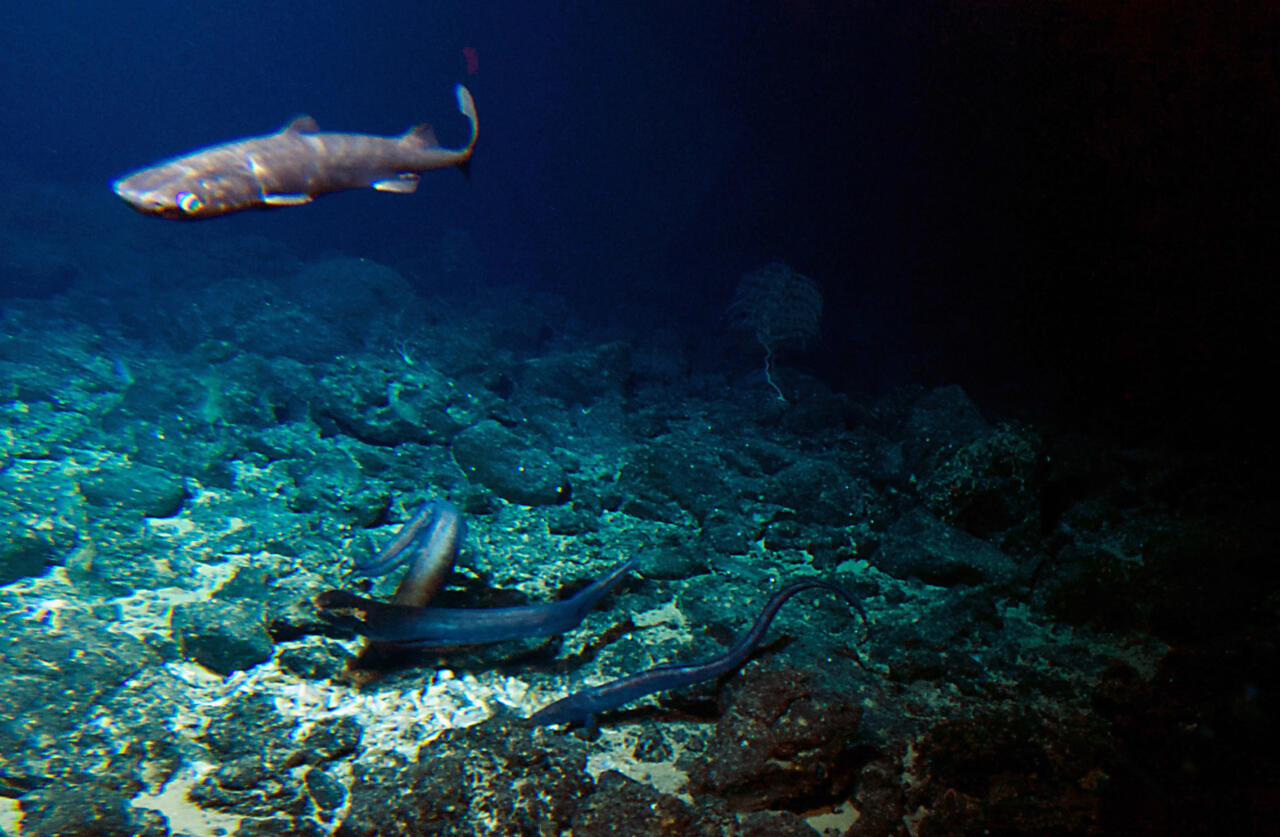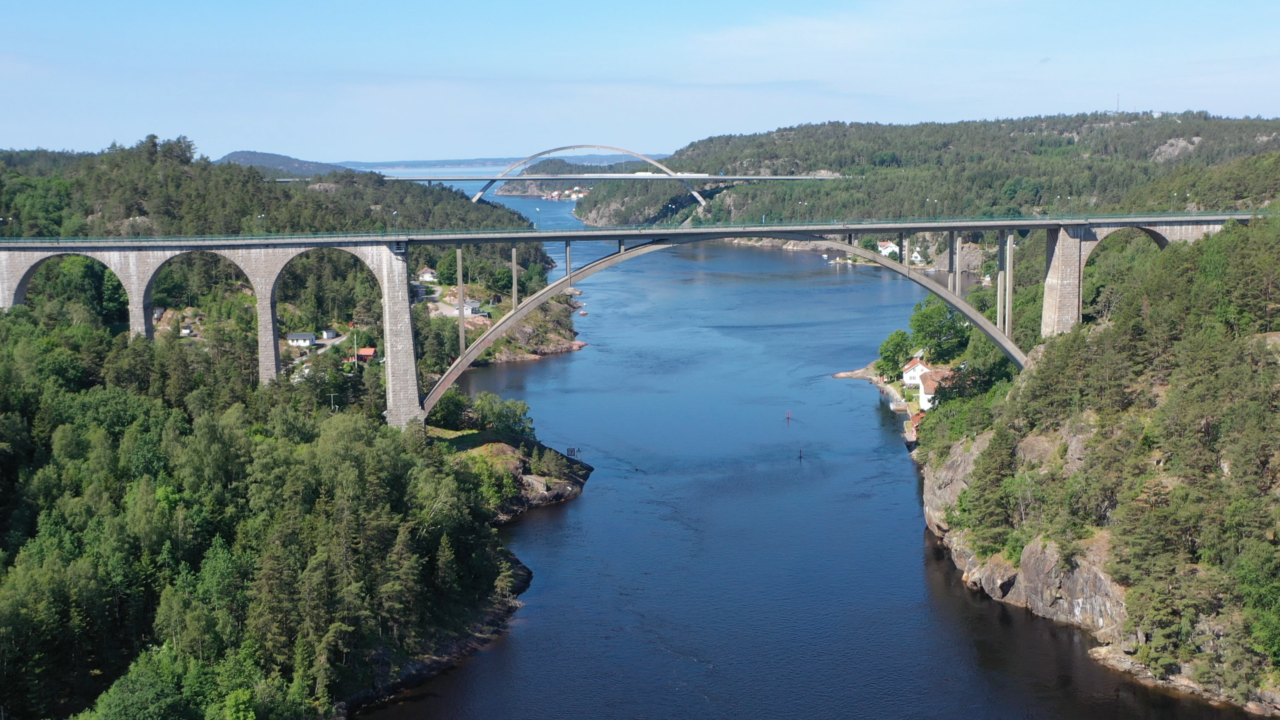Discovered: 5000 sea animals no one knew existed
There is a treasure hunt going on in the deep sea. But among the rare minerals on the bottom, scientists have also discovered about 5,000 completely new species of sea animals.
The world is racing to get its hands on minerals and metals to be used in the green transition’s batteries, electric cars and wind turbines. The gaze is increasingly turned down into the deep sea – among other things to a place between Hawaii and Mexico.
There, in an area on the floor of the Pacific Ocean between 3,500 and 5,500 meters deep, are vast fields of potato-like rocks containing nickel, copper, manganese and cobalt. The so-called Clarion-Clipperton Zone (CCZ) is about twice the size of India and major powers and big companies have already been given the right to start prospecting for large-scale bottom mining.
New species
To better understand what might be at risk once mining starts, biologists have compiled all the species records from previous expeditions to the region. There are 5,578 species in the Clarion-Clipperton zone, of which 88-92 percent are estimated to be completely new to science, according to the study, which has been published in the journal Current Biology.
-We share our planet with amazing biodiversity, and we have a responsibility to understand it and protect it, Muriel Rabone, a deep-sea ecologist at the Natural History Museum in London, said in a statement.
It is not uncommon for new animals and organisms to be discovered in the depths, far below the reach of sunlight. It is a complicated area to explore, which is why man is said to know more about the moon than about the deep sea.
Vessels and boxes
To investigate the animal world far below the surface, researchers use various techniques, including remote-controlled craft that can reach the bottom but also simpler solutions such as boxes that are sent into the sea.
Muriel Rabone and her co-authors analyzed over 100,000 notes on creatures encountered over years of expeditions in the CCZ and discovered that the most common types of animals in the area are arthropods, worms, echinoderms and fungi.
-There are remarkable species down there. Some of the sponges look like classic bath sponges and some look like vases. They are so beautiful, says Rabone and continues:
-One of my favorites is the ice cream sponges. They have a small spine and under the microscope they look like little chandeliers or little sculptures.
More knowledge
The researchers hope that there will be more studies of the biodiversity in the area in the future, to better understand what may be at stake in the extraction of deep sea minerals. There are still big questions about how the environment might be affected.
There is currently no commercial mining in the CCZ. Environmental organizations and mining managers are waiting for the UN-statutory seabed authority ISA to issue regulations regarding underwater mining.




